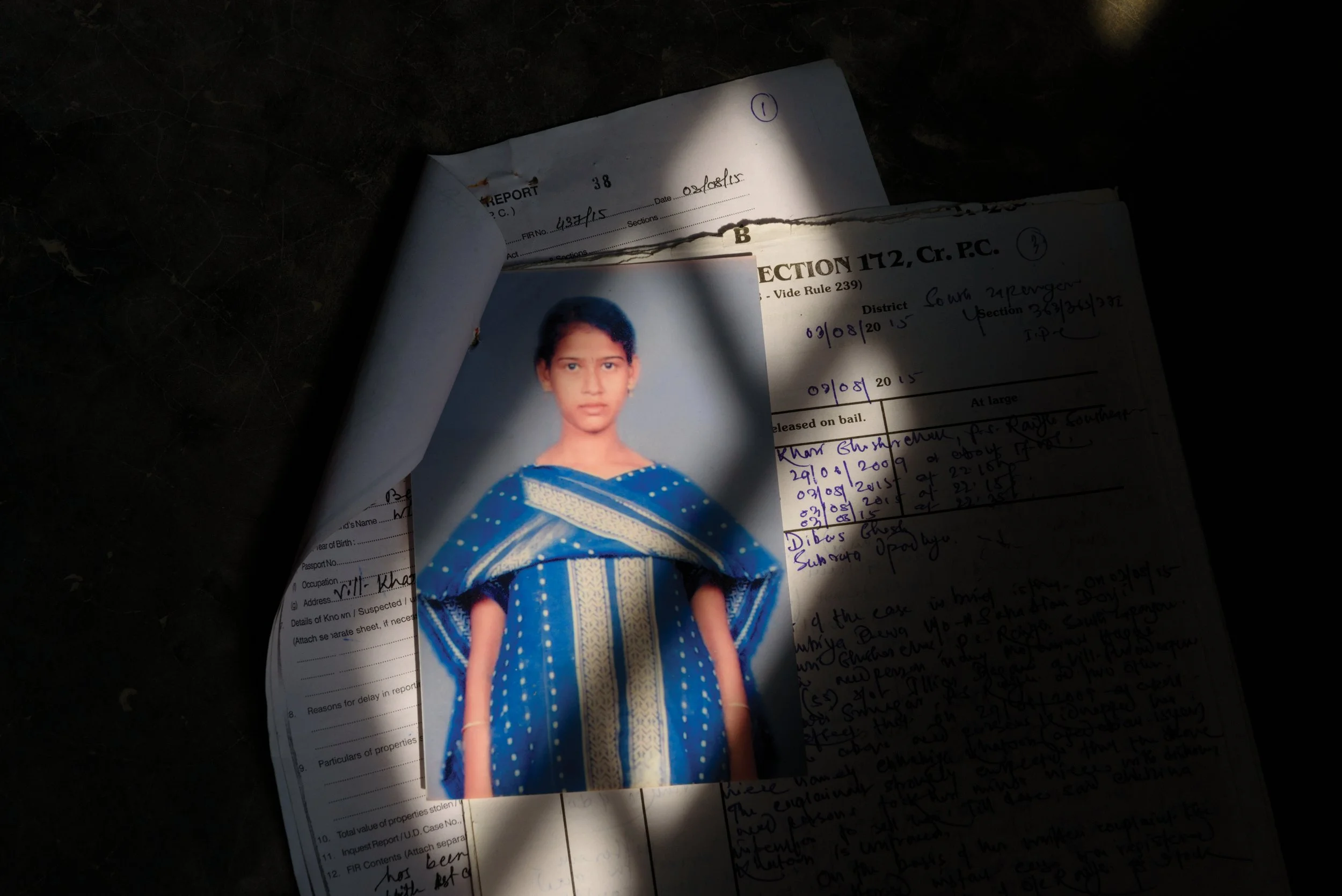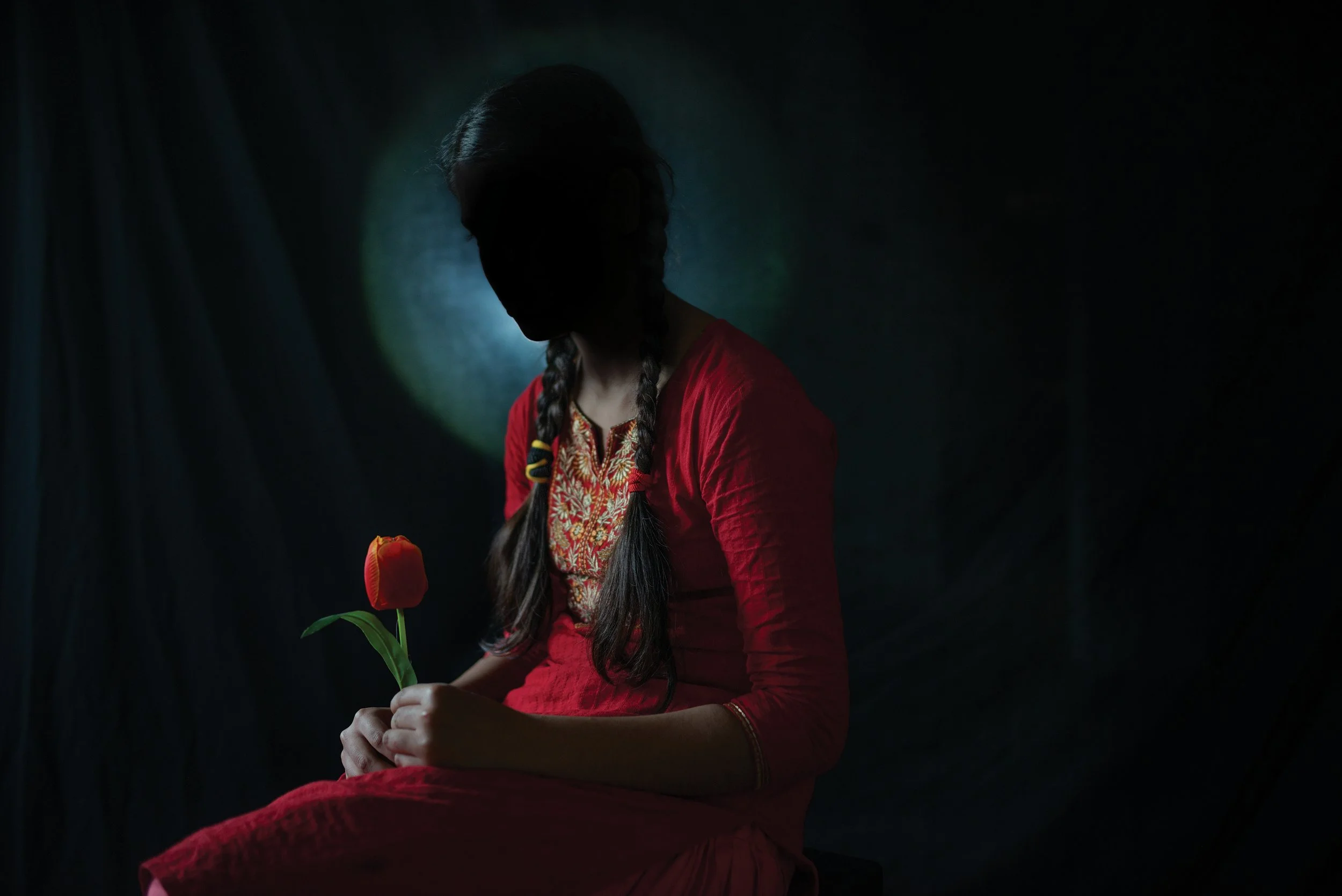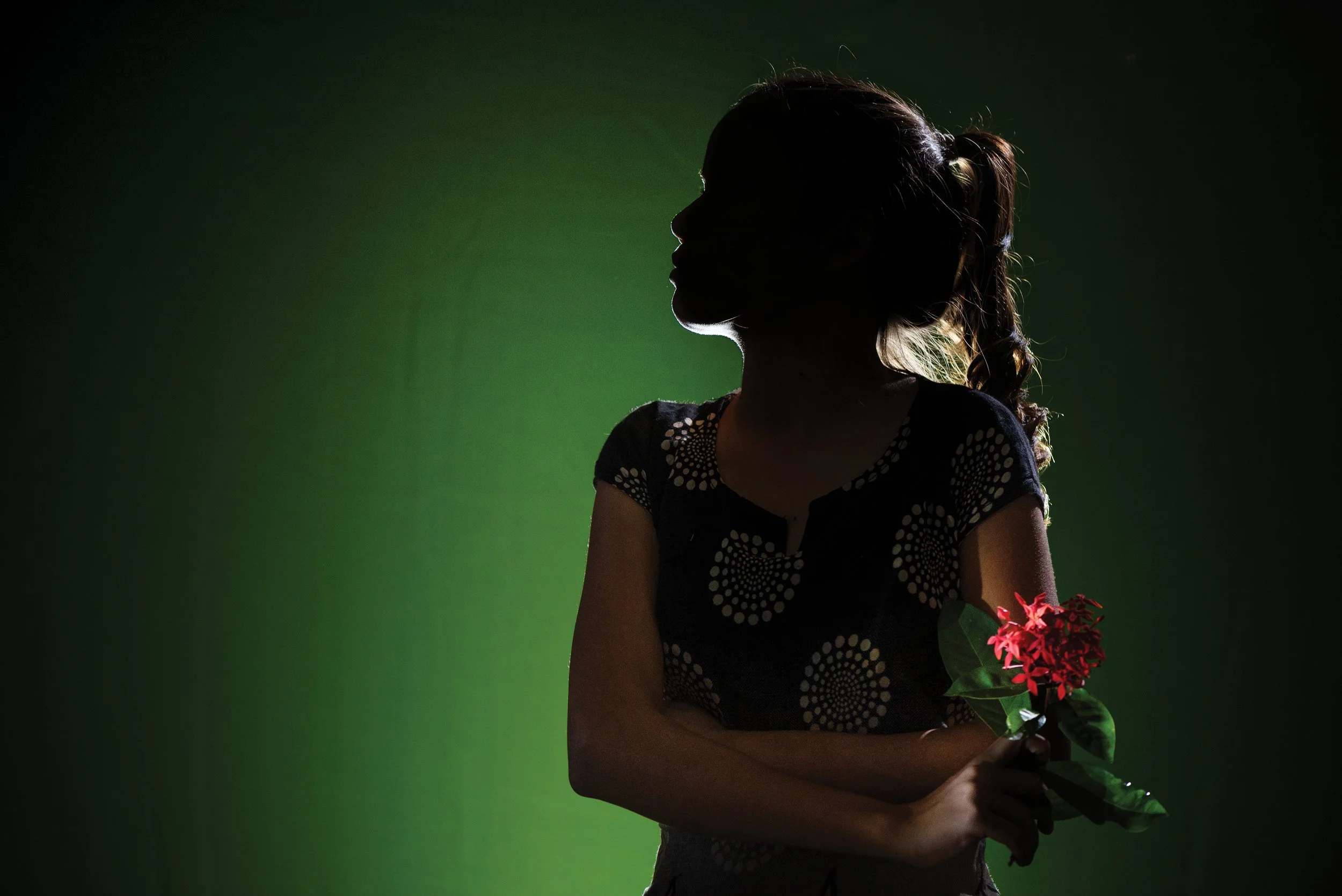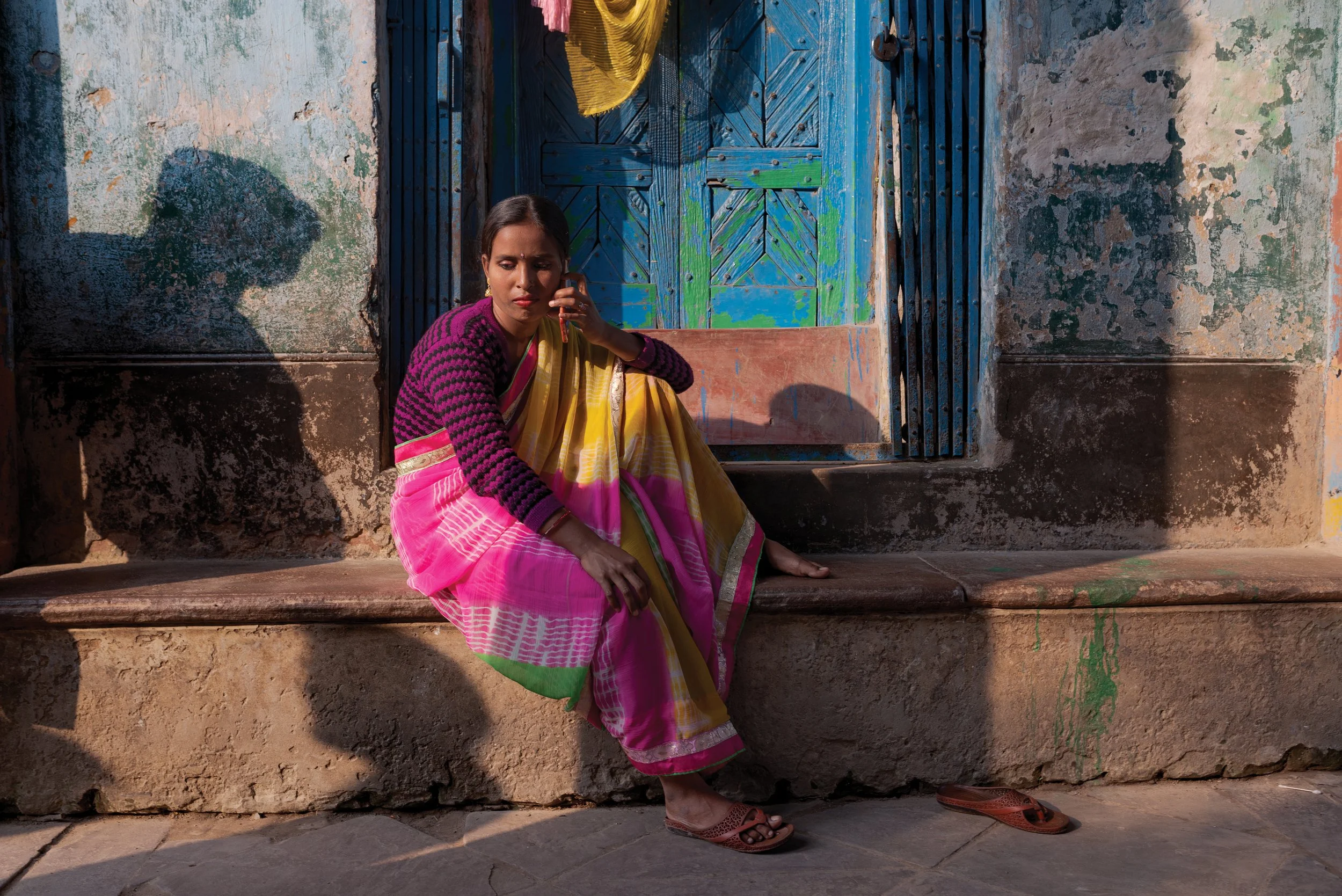Exhibition Review: Smita Sharma | We Cry in Silence
Smita Sharma. We Cry in Silence. © Smita Sharma. Courtesy of the artist and the Bronx Documentary Center.
Written by Luxi He
Copy Edited by Kee’nan Haggen
Photo Edited by Haley Winchell
Until March 12, the Bronx Documentary Center will have on view “We Cry in Silence” –an exhibition by the world-renowned photojournalist and visual storyteller Smita Sharma. Born out of Sharma’s seven-year-long investigation and field research, the exhibition gathers photographic testimony to the cross-border trafficking that has been rampart in the South Asia. This project documents the crime targeted on minor girls for sexual and domestic servitude purposes and delivers in the form of photographic storytelling. Sharma’s photos focus on the vulnerability of individual victims against a highly-organized crime and expose it by unveiling personal narratives of the understructure of human trafficking in India, Bangladesh, and Nepal.
Smita Sharma. We Cry in Silence. © Smita Sharma. Courtesy of the artist and the Bronx Documentary Center.
The majority of Sharma’s exhibited works are individual portraits taken of victims who were either rescued out of brothels or continued working as sex workers at the time the photos were taken. Sharma’s visual language strictly adheres to the power dynamics in the actual criminal scenario as she translates the contrast of force into a visual tension of light and shadow. The individual victims are situated in a narrowly illuminated space, completely unprotected against the surrounding, pressing shadow.
Smita Sharma. A. We Cry in Silence. © Smita Sharma. Courtesy of the artist and the Bronx Documentary Center.
A. – a nineteen-year-old woman sold to a brothel in Kolkata after eloping with a man; R. – tricked in a train station and taken to the red-light district in India’s largest city. Sharma has taken the silhouette of their upper body profile. The girl’s specific form and the tangible texture of the flesh are all engulfed by the darkness, leaving an ominous dark shadow at the center. Instead of taking a portrait of the specific victims, Sharma’s image is a portrait of their erasure, of their disappearance, and of the absence left behind when they were taken away.
Smita Sharma. R. We Cry in Silence. © Smita Sharma. Courtesy of the artist and the Bronx Documentary Center.
For former victims, life after being rescued is still haunted by the shadow cast from the traumatic experience. High suicide rates and social stigma attached to women forced into the sex trade and slavery all emphasize the tremendous rupture from a normal life imposed by the incident. And in Sharma’s portraits, the shadow-tainted subjects express the continuing, haunting influence of human trafficking. Against the illuminated, colorful facula at the center, the silhouette of the subjects cuts out an incoherent shadow. They become a rupture in the photograph, a rupture too acute to be assimilated into the joyous, tranquil color.
Smita Sharma. We Cry in Silence. © Smita Sharma. Courtesy of the artist and the Bronx Documentary Center.
Smita Sharma. We Cry in Silence. © Smita Sharma. Courtesy of the artist and the Bronx Documentary Center.
From textiles to clothing, from painting to architecture, the vibrant, bright color has always been the symbol of South Asian culture. Still, in Sharma’s visual language, these colors are turned into an unlucky “death mark” that brings the fatal attention of human traffickers. The carmine tulip held by her subjects, the scarlet robe, pants, and hairpin emphasizes the subjects’ physical femininity. By turning the vibrant color symbol into a death mark, Sharma reveals a further terror of human trafficking beyond its known trauma: minor girls became victims because of their youthfulness, health, fertility, and beauty. These qualities have created fear around them. This fear has made the crime enjoyable and appreciated, but still something to escape from. However ominous and uncanny Sharma’s images may be, the power of photography lies equally in communicating strength and expressing immediate fear. It helps us understand how a highly organized crime transcends each case's boundary and erodes every minor girl's life.
Smita Sharma. We Cry in Silence. © Smita Sharma. Courtesy of the artist and the Bronx Documentary Center.














